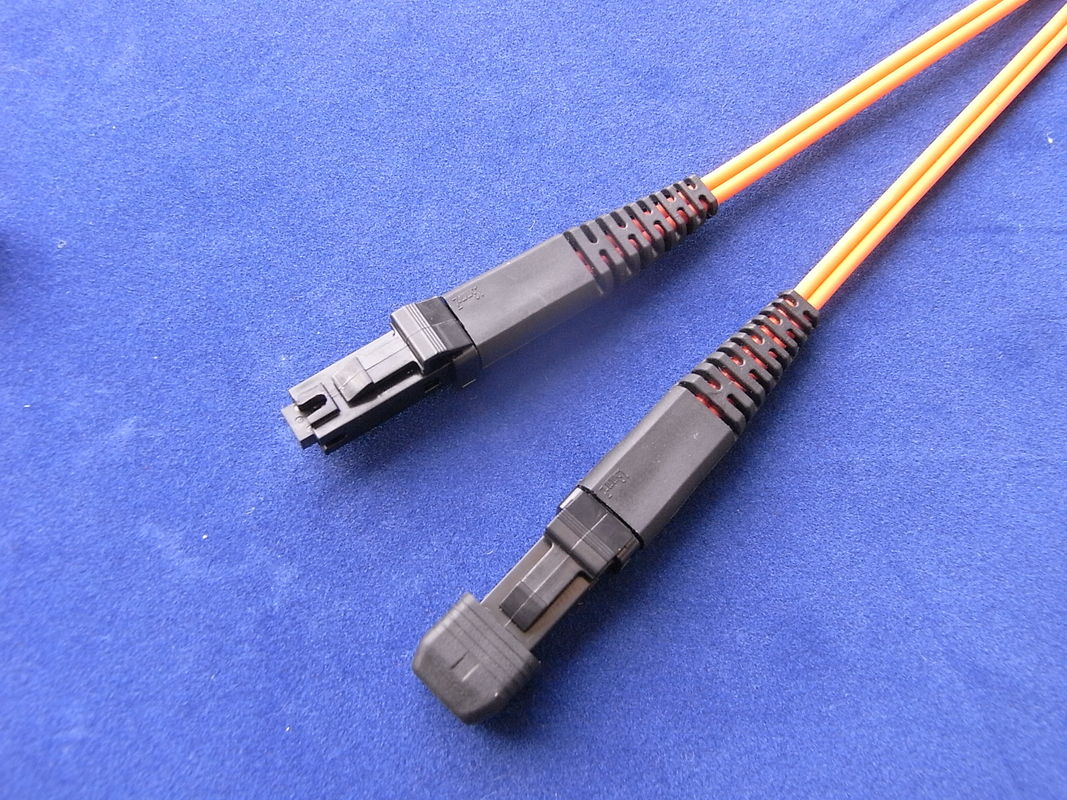

LC has become the connector of choice for transceivers for high-speed applications, as most manufacturers support the LC interface and offer 10Mbps to 10Gbps applications. LC connectors can be spliced and installed in the field using the same methods as SC and ST, while MT-RJ connectors require both fibers to be installed/spliced at the same time, which compromises overall performance. MTRJ connectors are difficult to clean due to the alignment pins. In contrast, MTRJ ferrules are made of plastic and use metal pins to align the fibers.Ĭleaning LC connectors is easier because they allow traditional fiber optic cleaning methods to be used. Why? Provides better connector-adapter-connector mating quality due to its 125um ceramic ferrule. LC connectors have better insertion loss and return loss Most fiber optic connectors are plugs or so-called male connectors with a protruding ferrule that holds the fibers and aligns fibers for mating. Two LC connectors can fit into a duplex assembly, occupying the same space as a single SC. It is made of plastic and holds the fiber in a ceramic or zirconia ferrule. The LC connector is a small, low insertion and low loss connector created by Lucent Communications to meet the needs of its customers. Inspired by the MT ribbon connector design, AMP has created an inexpensive MT connector that holds two optical fibers in a plastic ferrule.

The MTRJ connector was developed by AMP and is currently advertised as the ultimate SFF connector. In the late 90's, different types of SFF connectors were developed, but until today, only two have succeeded: MTRJ and LC. 5Pcs MM,MTRJ Fiber Optical Adapter,Multi Mode MTRJ SC Type Black MT-RJ Flange Fiber Optic Adaptor Coupler Connector Operating Temperature C -4075 -4075.
_360x230-max.jpg)
SFF connectors help reduce deployment costs and save floor space for cables and equipment in fiber optic installations because they allow multiple fiber connections to be placed in the same space. This solution creates a small form factor (SFF) connector. will increase the usable area, resulting in higher installation costs and making it difficult to expand connections. Using large connectors such as ST, SC, etc. The increasing deployment of fiber optics in data centers, telcos, wide area networks, local area networks (LANs) and building backbones raises questions about the size of fiber optic connectors. Its body and ferrule are made of plastic and are available in male and female versions, secured with metal pins. In the late 90s, different types of SFF connectors were developed, but until today, only two have succeeded: MTRJ and LC. Each of different types of fiber optic connector offers its. SFF connectors help reduce deployment costs and save floor space for cables and equipment in fiber optic installations because they allow multiple fiber connections to be placed in the same space. It can accommodate two optical fibers simultaneously in a small body. There are several commonly used types of fiber optic connector including LC, SC, ST, FC, MU, MTRJ, E2000, SMA and MTP/MPO connector. Outer Diameter Tolerance: Singlemode☐.The MTRJ connector is a small duplex connector. Outer Diameter Tolerance: Singlemode☑ micronĬoncentricity(standard):singlemode ≤1 micron Inner Diameter Tolerance: Singlemode +4/-0 micronĬoncentricity(standard):singlemode ≤ 4 micron Outer Diameter Tolerance: Singlemode☐.5 micronįlange : No Flange / APC Flange(Flange key width 1.35mm) Length Tolerance(No flange): 10.5 ☐.05mmĬoncentricity(standard):singlemode ≤ 1 micron Inner Diameter Tolerance: Singlemode +1/-0 micron


 0 kommentar(er)
0 kommentar(er)
